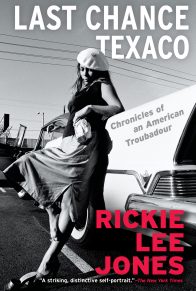“A searing glimpse into an underclass world of drugs, guns, and sexual abuse . . . . A harrowing, vivid, and unforgettable document.” –Andy Grundberg, The New York Times
“Staggering, poignant, raw, compassionate, and utterly honest. . . . Tulsa is a major work, almost too good . . . to be true. . . . It is an intense, visceral, wrenching statement.” –A. D. Coleman, The Village Voice
“This is not a picture book that will lie quietly and without protest on coffee tables. Nor is this book easy to pick up, confront, challenge. For this is a collection of photographs that assail, lacerate, devastate. And ultimately indict. These are pictures that shimmer with a ferocious honesty.” –Dick Cheverton, The Detroit Free Press
“There’s plenty of sex, death, violence, anxiety, boredom, anticipation, fear, joy, anger, resignation, and most of the other significant shadings of life, but the heart of Clark’s work is romance, pure and not so simple. . . . In dwelling almost obsessively on the stark exaggerations of the lives of speed freaks, Clark is not asking us to believe that these were poor, misunderstood kids, messing up their heads and bodies because society left them no alternative . . . but only to see them as he did, through the eyes of an artist.” –Owen Edwards, American Photographer
“[An] unflinching depiction of youth crime and drug abuse. . . . [Tulsa] is really a movie told through the power of the still image–a form that invites queasy observation of horrors like Clark’s pregnant friend injecting herself with narcotics.” –Photo District News
















